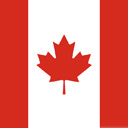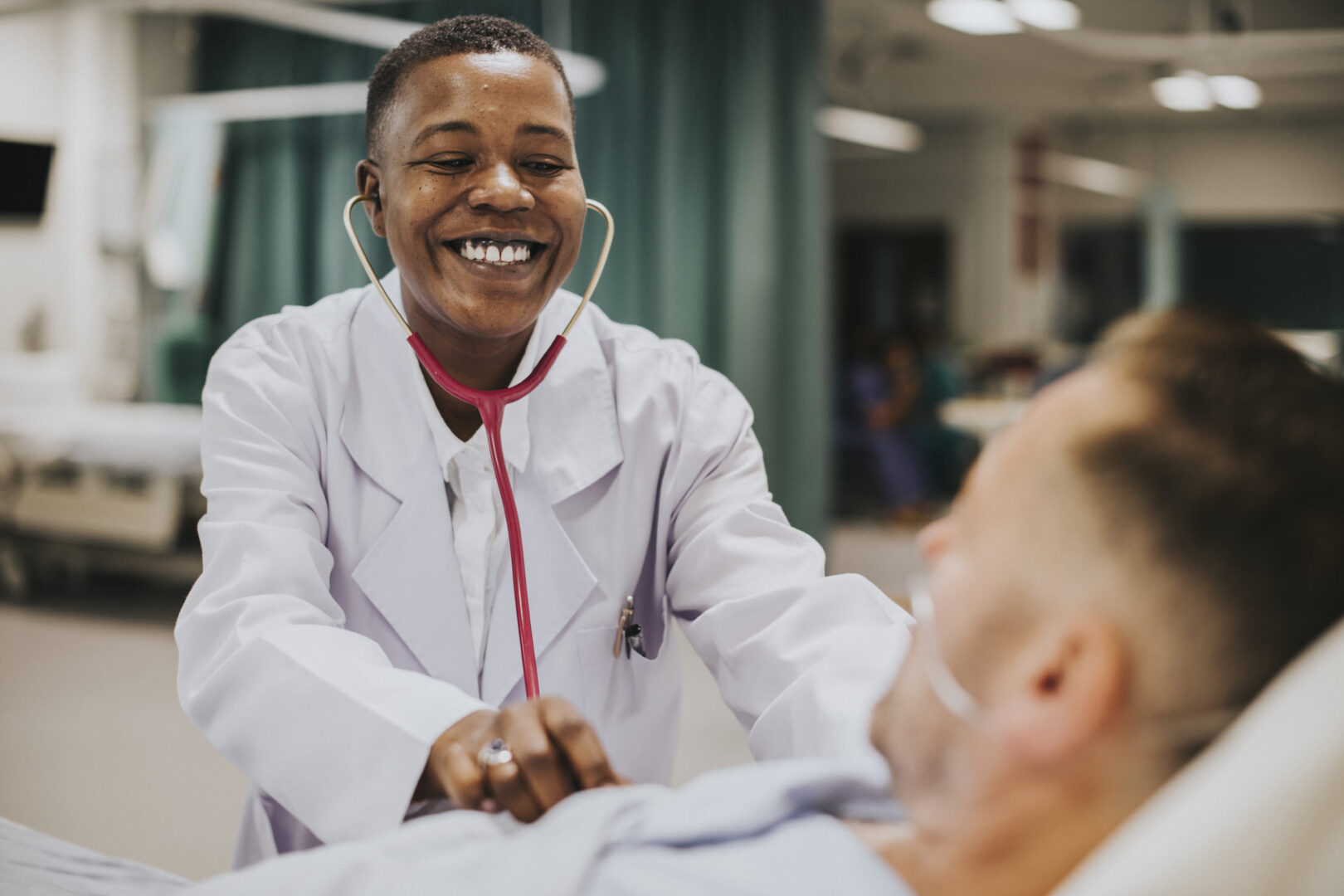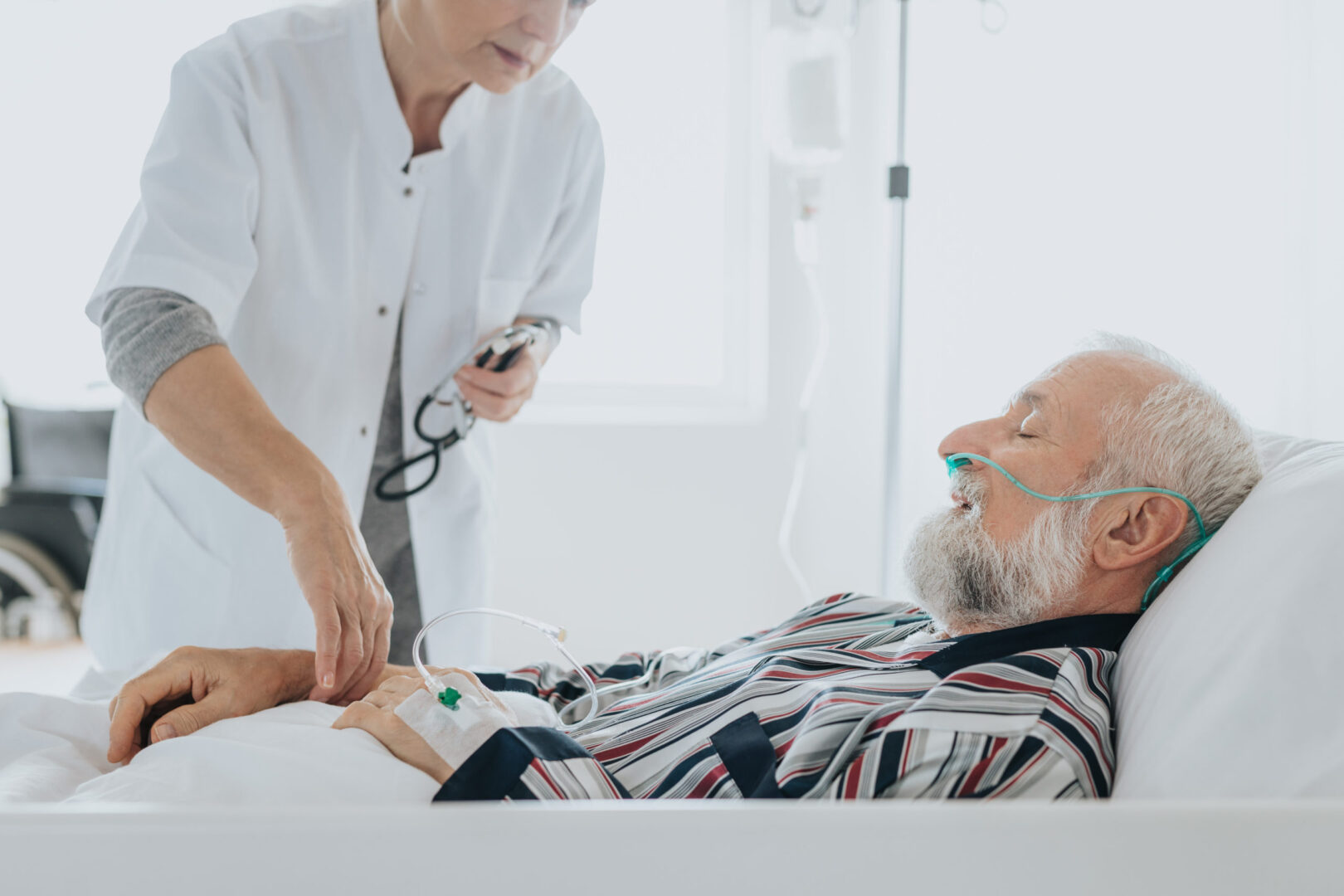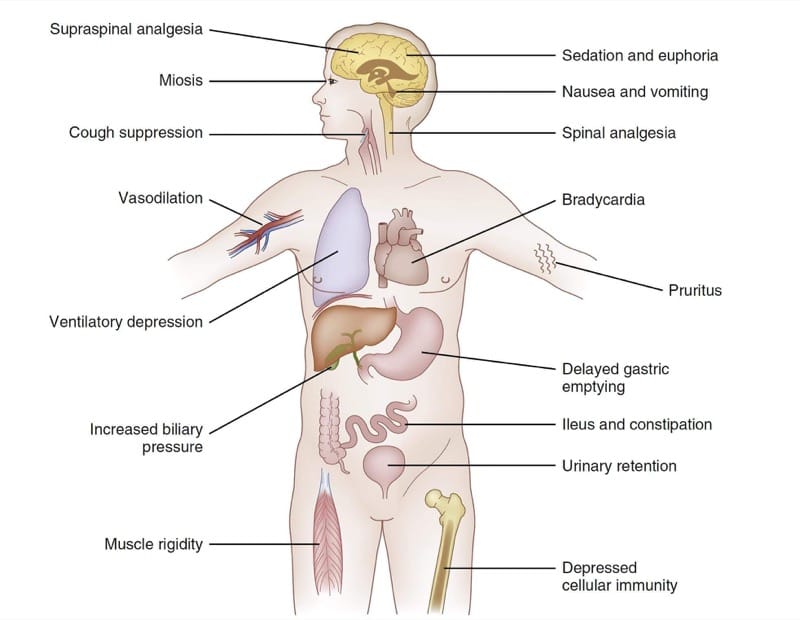Learning objectives
- Definition and types of scoliosis
- Non-operative treatment options
- Pre-operative evaluation
Definition and mechanisms
- Scoliosis refers to lateral curvature of the spine, vertebral body rotation, and angulation of the rib
- These are classified as structural or non-structural (e.g. length discrepancy)
- Men and women are equally affected with women often requiring more surgical intervention
- Congenital scoliosis:
- May present at any age and is a result of either failure of vertebral segmentation (a bar) or failure of formation (a hemivertebra)
- Congenital scoliosis is often part of a generalized condition, such as Goldenhar syndrome or spina bifida
- It may be associated with abnormalities in renal, cardiac, respiratory, or neurological systems
- Acquired scoliosis:
- Mainly idiopathic
- Infantile onset idiopathic scoliosis (scoliosis before the age of 8 years) carries the most serious prognosis and if left unchecked is likely to result in cardiopulmonary failure in middle age
Types of scoliosis
| Idiopathic scoliosis is the most common with a wide range of causes | Collagen abnormalities, hormones, genetics, and growth abnormalities |
| Neuromuscular | Neuropathic Upper motor neuron (e.g. cerebral palsy, spinal cord injury) Lower motor neuron (poliomyelitis, myelomeningocele, spinal muscular atrophy) Familial dysautonomia |
| Myopathic | Muscular dystrophy Myotonic dystrophy |
| Congenital | Hemivertebrae Congenitally fused ribs |
| Neurofibromatosis | Marfan’s syndrome Osteogenesis imperfecta Arthrogryposis |
| Trauma | Vertebral fracture or surgery Post thoracoplasty Post radiation |
Neuromuscular scoliosis has been associated with increased intraoperative blood loss compared with idiopathic scoliosis
Diagnosis
- X-ray
- Clinical examinations
Classification of severity
- Cobb Angle:
- Measured from a standing anteroposterior radiograph of the spine
- The surgical treatment is recommended if the cobb angle is greater than 45° – 50°
- Degree of Cobb Angle associated with pulmonary and cardiovascular dysfunction
Conditions associated with scoliosis
- Decreased overall lung function (restrictive) with significantly reduced vital capacity and respiratory muscle function can be impaired as well
- An increased pulmonary vascular resistance and pulmonary hypertension, possibly leading to right ventricle hypertrophy and failure
- Increased risk of mitral valve prolapse
- Increased risk for malignant hyperthermia if scoliosis results from muscular dystrophies
- Potential difficult airway
Non-operative treatment
- Rigid bracing (thoracolumbosacral orthosis)
- Indicated for a progressive curve greater than 25°
- Results depend on compliance (social stigma and discomfort)
- Serial full-body casting
- Indicated for infantile scoliosis
- General anesthesia is required every 2-3 months
Management
See also spine surgery
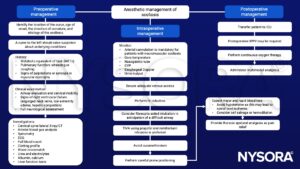
Suggested reading
- Yao FS, Hemmings HC, Malhotra V, Fong J. 2021. Yao & Artusio’s Anesthesiology: Problem-Oriented Patient Management. Chapter 58 – scoliosis (9th edition). Wolters Kluwer Health/Lippincott Williams & Wilkins.
- Pollard BJ, Kitchen, G. Handbook of Clinical Anaesthesia. Fourth Edition. CRC Press. 2018. 978-1-4987-6289-2.
- Gadsden, J., & Jones, D. (2011). Anesthesiology Oral Board Flash Cards. McGraw-Hill Education.
- Gambrall MA. Anesthetic implications for surgical correction of scoliosis. AANA J. 2007;75(4):277-285.
We would love to hear from you. If you should detect any errors, email us customerservice@nysora.com

